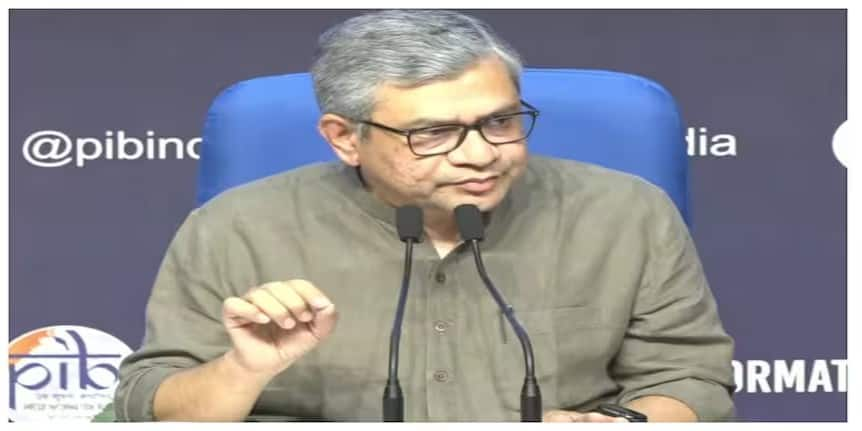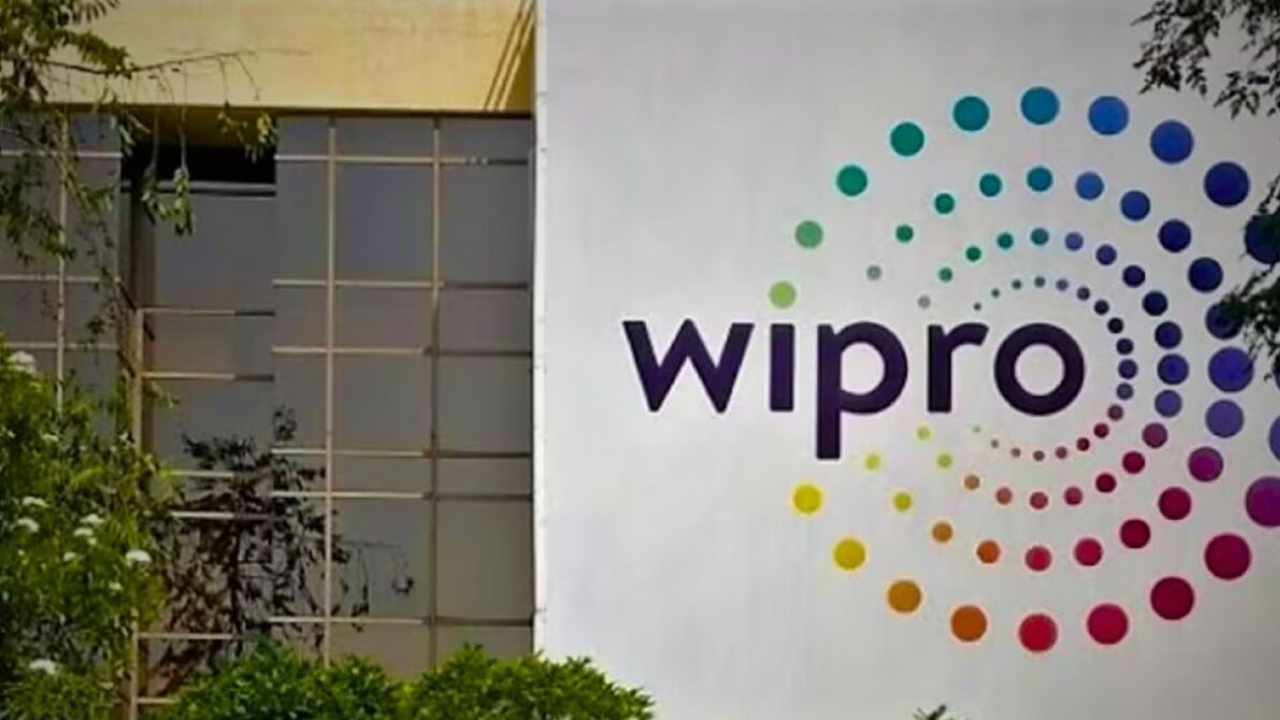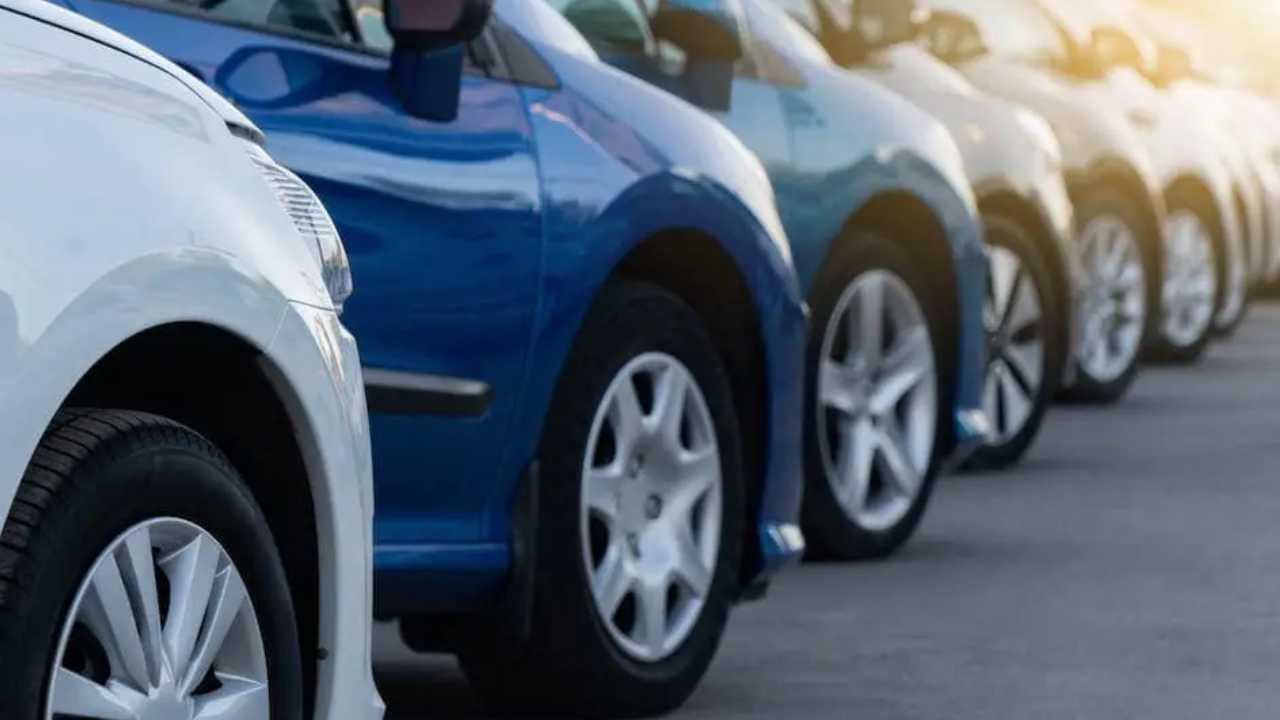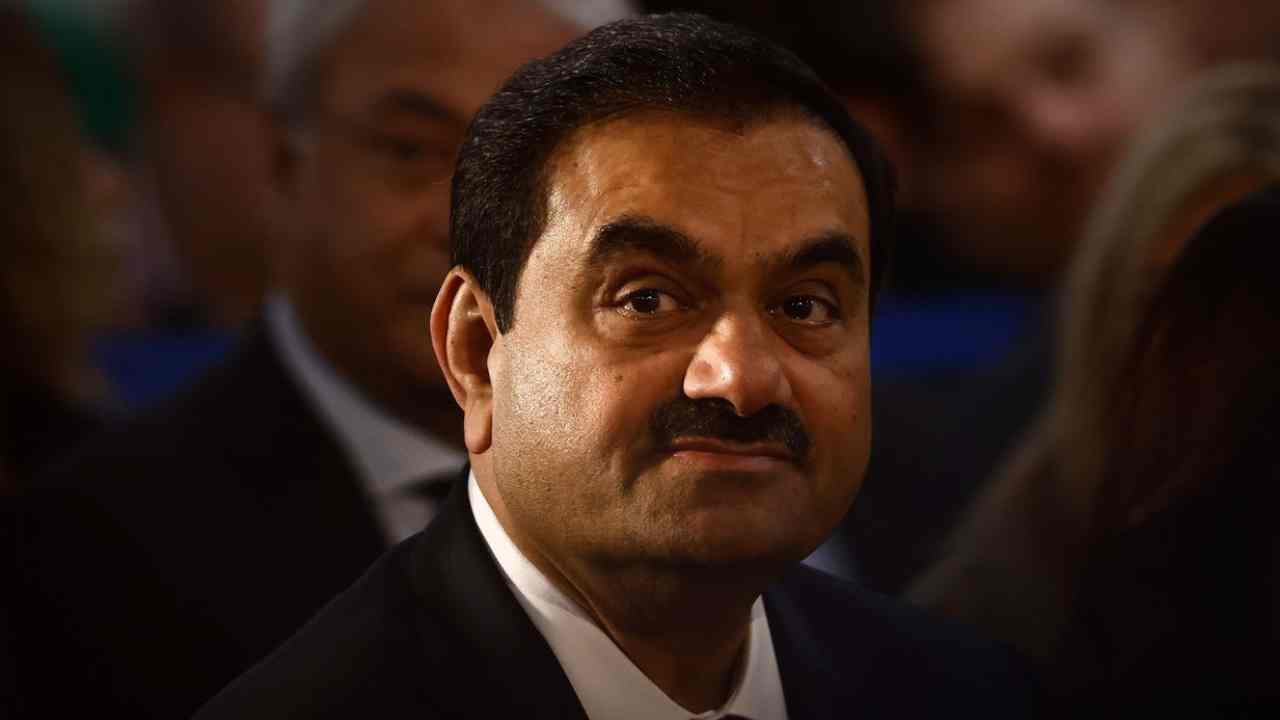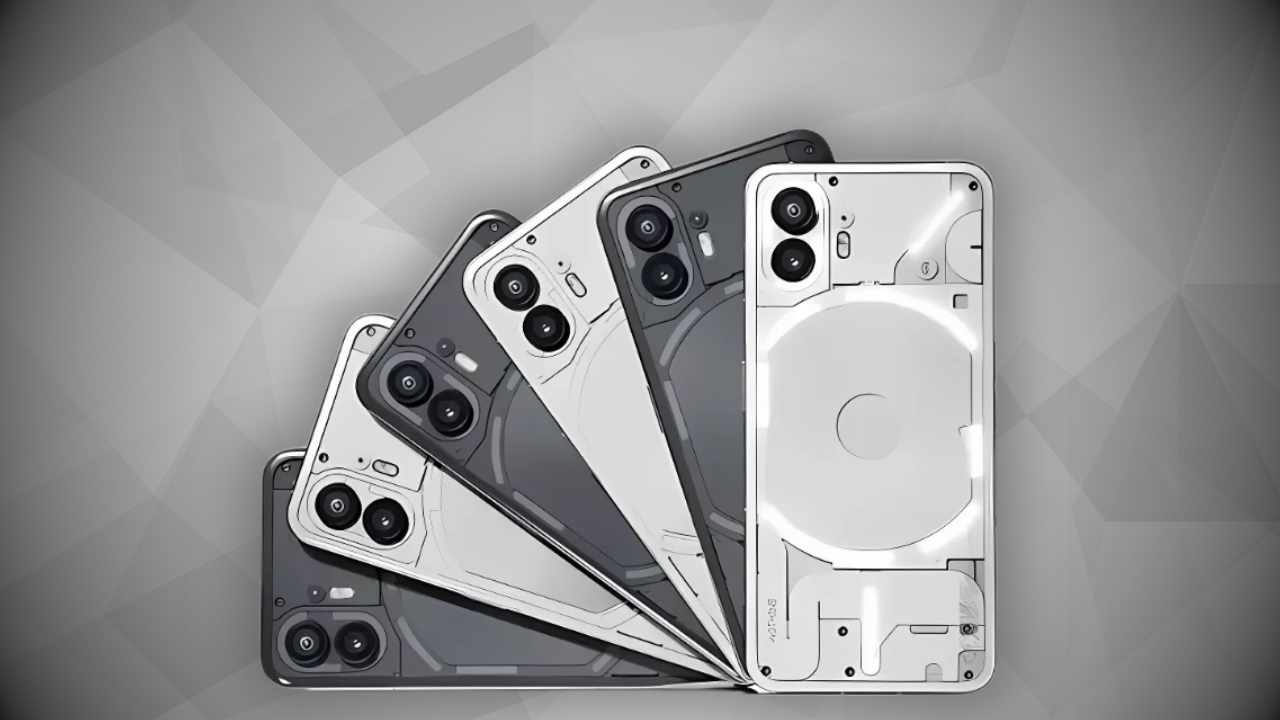Government’s Initiative to Boost Electric Vehicles in India
The Indian government has made a significant move to enhance the adoption of electric vehicles (EVs) in the country. In a cabinet meeting led by Prime Minister Narendra Modi, the new PM E-DRIVE scheme has been approved with a substantial budget allocation aimed at promoting electric mobility.
Investment and Subsidies Under the PM E-DRIVE Scheme
As part of this ambitious scheme, the government will invest Rs 10,900 crore, providing a subsidy of Rs 3,679 crore. This funding aims to make battery-operated two-wheelers, electric three-wheelers, ambulances, trucks, and other new electric vehicles more accessible and attractive for consumers. The goal is to significantly increase the prevalence of these environmentally friendly transportation options across the country.
Infrastructure Development
One of the key components of the PM E-DRIVE scheme is the establishment of charging infrastructure. The government has committed to providing 100 percent financial assistance for charging stations at 88,500 locations throughout the country. This initiative, as stated by Information and Broadcasting Minister Ashwini Vaishnav, complements the existing Production Linked Incentive (PLI) scheme for the automotive and auto component sectors, thereby fostering a robust ecosystem for electric mobility.
Expected Impact on Electric Vehicle Adoption
The PM E-Drive initiative is designed to support the following electric vehicle numbers:
| Type of Vehicle | Number of Units Supported |
|---|---|
| Electric Two-Wheelers | 24.79 lakh |
| Electric Three-Wheelers | 3.16 lakh |
| Electric Buses | 14,028 |
In addition, Rs 4,391 crore has been earmarked specifically for the procurement of 14,028 e-buses by state transport units and public transportation agencies. The government is also keen to advance the use of e-ambulances, which are expected to revolutionize emergency medical transport.
Exclusions and Focus Areas
While the PM E-DRIVE scheme aims to broaden the scope of electric mobility, it is important to note that it does not include incentives for electric cars or hybrid vehicles. This specific focus underlines the government’s strategy to encourage a shift towards fully electric forms of transportation that effectively contribute to reducing carbon emissions.
Transition from FAME to PM E-DRIVE
The PM E-Drive scheme replaces the earlier FAME (Faster Adoption and Manufacturing of Hybrid and Electric Vehicles) scheme, which was initiated in April 2015 and ran for nine years across two phases. The FAME II phase was set to expire on March 31, 2024, during which the government supported a total of 13,21,800 electric vehicles, with a budget of Rs 11,500 crore allocated for subsidies.
In conclusion, the launch of the PM E-DRIVE scheme marks a pivotal moment in India’s pursuit of sustainable transportation solutions, driving forward the electric vehicle market and promoting a greener, cleaner future for the country.

